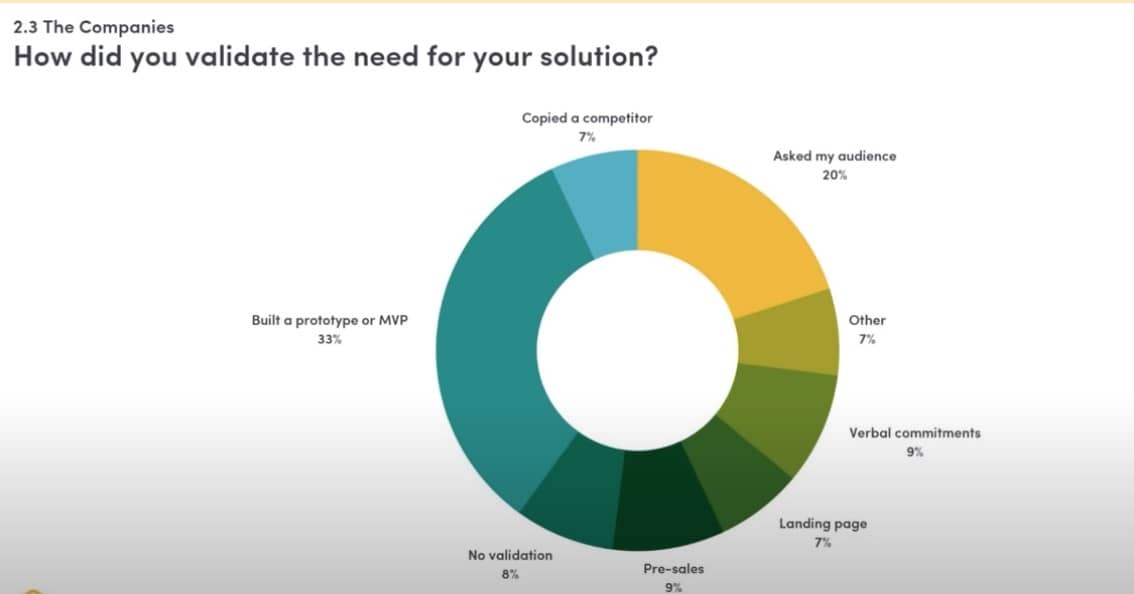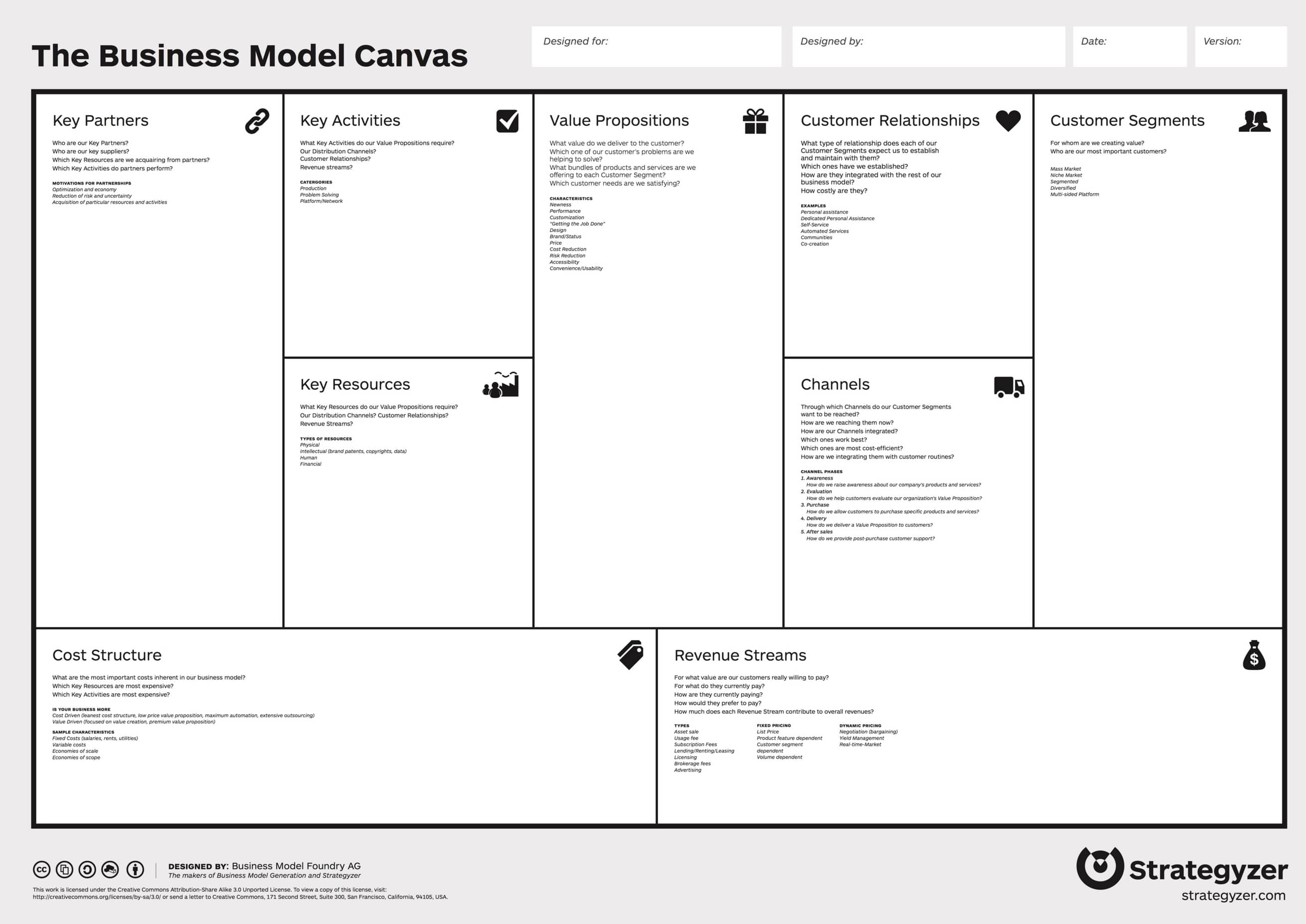5 Successful Ruby on Rails MVPs and their cost + ROI
•
8 min read

Introduction, start the blog without a heading, but with a few words. Make sure to get them to read to the next section. Otherwise, the headings are more important because that’s what usually people read, and after they decide if they’ll read the rest of the text.
The definition of an MVP
- You can use the definition for MVP from Wikipedia (I see TheHustle does cite Wikipedia a lot).
- I like the definition here https://youtu.be/1hHMwLxN6EM?t=27: “When you think of an MVP, you should think of something ridiculously simple. This is the first thing you can give, to the very first set of users you want to target, in order to see if you can deliver any value at all to them. That’s all it is. It’s extremely simple.”
What is validating an idea? / What is idea validation?
- This one is an optional heading, it can be its article, a brief mention here is ok and then you can interlink the two articles. It can even go before the first one. Because it precedes it in the lifecycle of a software product. There’s a decent number of technical people that don’t even know what validating an idea means. They go straight from an idea in their head to implementation, without properly validating the idea.
- Here is the premise of a proper and successful idea validation: You want a customer to pay you money without any initial functionality. There are two ways to do that. One is doing presales, and usually involves software that solves greater problems. Here’s an article explaining it. You create a demo prototype that’s just visual, and then you can cold call your market and try to sell them. There are also other references, here’s one from the MicroConf conference (a conference for the SaaS niche). He built an email list from traffic he had driven from a simple landing page, then he talked with them and closed a few deals by asking about their problems and offering to build a solution.
- More recently, there is a second, more direct, and better way to validate a software idea. All you do is create a landing page describing the feature set, and make a fake purchasing page where users can enter their credit card info. You then drive traffic to it and see via analytics if it’s within conversion rate optimized margins (1%-5%). When someone “purchases” you just alert them it’s a work in progress, be open about your idea validating and offer to notify them via email when the project is finished.
- Here’s Rob Walling, the author of the book “Start Small, Stay Small: A Developer’s Guide to Launching a Startup” and the MicroConf Conference stating to get 10 yes to validate an idea, and in that video a pie chart is shown showing 33% of projects build an MVP, while he states that’s not the proper way to do it.

- The source for the image above is The 2022 state of independent SaaS.
- Jason Cohen wanted 40 yeses before building an MVP, while Rob Walling wanted to get 10 yeses out of 17 phone calls to validate a software idea, before building an MVP. Source: “Designing the ideal bootstrapped business” with Jason Cohen, MicroConf conference 2013.
How to do customer development
- I don’t like Wikipedia’s article to go for the definition of customer development. Just my opinion. Instead, I would explain that customer development is an initial process of communication between startups and their market with intention of coming up with a good product/market fit. It’s communication between them to find a good solution to a potential problem.
- You can use this book as the source of my commentary here: Blank, Steve (2005) The Four Steps to the Epiphany: Successful Strategies for Products that Win. That book is the bases of the lean startup movement and agile software development, which was further developed by Eric Reis. And the man that influenced Steve Blank is Alexander Osterwalder, who developed the Business Model Canvas. See the image below.

- He has a famous quote: “Get outside of the building”. The implication is to talk to your potential customers and market your business idea. He also says: “No business plan survives the first contact with the customer”. Related to the image above, Steve Blank advises not to make a business plan, but to rely on the Business model canvas approach, which you keep refining while you are discussing the project with your potential customers and market. He also has a good definition of a startup. He says a startup is a temporary organization looking for a business model. Once a startup finds its business model, it becomes a real company.
Product/market fit, the trick to a successful software product
- You should consider putting the talk about the Business Model Canvas here.
- This truly is one of the most difficult parts of software products. Especially in the cases of disruptive and new markets. From my own experience (and from other software people I talked to), it makes for a tricky decision of how much to charge your software. I don’t have a source to back the last claim up, but I had a volume of personal cases, which also other professionals confirmed.
Feature-Set Control
- The reference of this bullet point and the one below it is a book called: “Rapid Development: Taming Wild Software Schedules”, by Steve McConnel, there’s a chapter in the book named like that, starting from page 319.
- A lot of professional software developers do not know of this, let alone your target audience. As I mentioned, it’s a great option to layer the content of this heading as a service you can offer.
- Excerpt from the book: “Software developers and managers say that they understand the need for feature-set control, but industry reports indicate otherwise. Developers, managers, marketers, and end-users continue to stuff so many features into already bloated products that one of the elders of the software industry has publicly pleaded for leaner software products”. Then there’s a reference there to Wirth 1995.
- Excerpt from the book: “There are three general kinds of feature-set control: Early-project control of defining a feature set that is consistent with your project’s schedule and budget objectives. Mid-project control of controlling creeping requirements. Late-project control of trimming features to meet a schedule or cost goal.
- Regarding the top one, you can list all of the three above, but note that it’s the first one that is related to building an MVP. Although, they are all holistically related to any business, even the ones intending to start small.
Requirements Scrubbing
- Requirements scrubbing is noted in McConnel’s book as one of the best practices of software engineering when agility and speed are in play.
- He also notes it’s less risky than minimum specification as it reduces the size and complexity of the product. Thus also reducing the overall risk level of the project.
- Excerpt from the book: “The idea behind requirements scrubbing is simple: After you create a product specification, go over the specification with a fine-tooth comb and with the following aims:
- Eliminate all requirements that are not absolutely necessary.
- Simplify all requirements that are more complicated than necessary.
- Substitute cheaper options for all requirements that have cheaper options.”
- You also have to note to the reader this process involves communication time between software shareholders and the developer. The final deliverable is called a project proposal or project plan documentation. It takes anywhere from a few hours to a few weeks to complete.
The development of an MVP / How to develop an MVP
- You said you wanted to list some development technologies here. I think it’s a good place to sell your customer your services. So I would note here the importance of deciding on someone with experience as the developer.
- If you want to list some technologies, the corporate and enterprise back-end standards are Java and .NET. And JavaScript is a must for the front end of web applications. With a strong current trend for TypeScript. See the trends here. The decision between the front-end frameworks for JavaScript is a pick between Angular, React, Vue, and JQuery. Depending on your avatar, you might want to explain what front-end and back-end mean. And also, that end-user software development involves web, mobile, and desktop apps.
- Note, I want to add more here, but the clock ran over two hours as I said at the beginning of this document.
